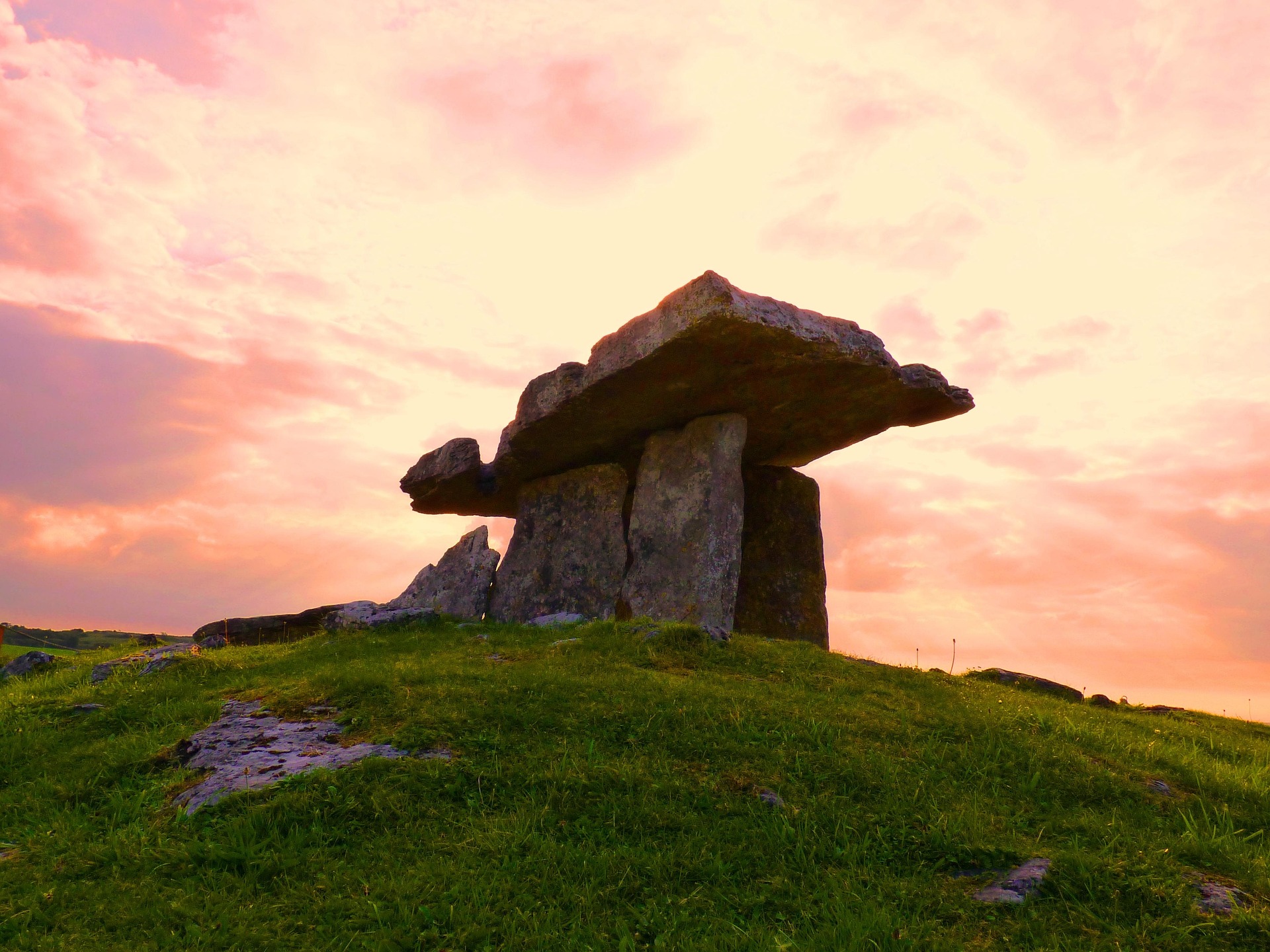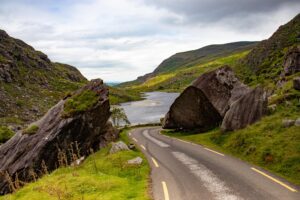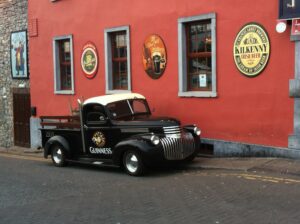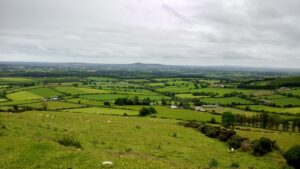Things You Should Know When Traveling in Ireland

Ireland, the Emerald Isle, is a destination filled with stunning landscapes, rich history, vibrant culture, and some of the friendliest people you’ll ever meet. Whether you’re planning a road trip along the Wild Atlantic Way, a city escape in Dublin, or a cozy countryside retreat, there are a few important things you should know before you go. From understanding local customs to driving on the left, here’s your essential guide to traveling in Ireland.
The Weather Is Unpredictable—Pack Accordingly
One of the most common pieces of advice you’ll hear about Ireland is: “You can experience all four seasons in one day.” And it’s true. The weather in Ireland changes quickly, often without warning. While it rarely gets extremely hot or cold, you should expect a mix of sunshine, clouds, and rain—sometimes all within an hour.
Travel Tip: Pack layers and always carry a waterproof jacket or umbrella. Waterproof footwear is a smart choice, especially if you’re exploring rural or coastal areas.
Driving Is on the Left Side
If you plan on renting a car (which is highly recommended for exploring the countryside), remember that the Irish drive on the left side of the road, and most rental cars have manual transmissions. Roads, especially in rural areas, can be narrow and winding, and you’ll likely encounter roundabouts.
Travel Tip: Book an automatic car in advance if you’re not comfortable with a manual. Drive cautiously on country roads, and be prepared to share space with tractors, cyclists, and the occasional sheep.
Cash Is Handy, But Cards Are Widely Accepted
Credit and debit cards are accepted in most places across Ireland, especially in cities and towns. However, some small businesses, rural shops, or traditional pubs may prefer cash, particularly for small transactions.
Travel Tip: Carry a small amount of euros (or pounds if you’re in Northern Ireland) for parking meters, tips, and small purchases. ATMs are widely available.
Know the Difference Between the Republic of Ireland and Northern Ireland
Ireland is made up of two parts: the Republic of Ireland (an independent country that uses the euro) and Northern Ireland (part of the United Kingdom, using the British pound). There’s no physical border or passport checks between the two, but you should be aware of currency and mobile roaming differences.
Travel Tip: If your trip includes both regions, make sure your bank cards are compatible with both currencies. Also, check with your mobile provider about roaming charges in Northern Ireland.
Pubs Are Cultural Hubs—Not Just Bars
Irish pubs are more than places to drink—they’re social gathering spots full of character, music, and warm conversation. Many feature live traditional music, especially in the evenings. Don’t be surprised if locals strike up a chat or invite you to join in a session (an informal gathering of musicians).
Travel Tip: Don’t rush your pint. Enjoy the slower pace, and remember that tipping bartenders isn’t expected but is always appreciated for good service.
Tipping Culture Is Modest
Tipping in Ireland isn’t as prevalent as in the U.S. While it’s not mandatory, a 10–15% tip is appreciated in restaurants with table service. In pubs, it’s common to leave small change or round up the bill. For taxis, rounding up the fare is standard.
Travel Tip: If service is included in the bill, there’s no need to tip extra unless you received exceptional service.
Embrace Irish Time and Hospitality
The Irish are known for their friendliness and relaxed attitude toward time. Don’t be surprised if things move a little slower, especially in rural areas. Locals love to chat, share stories, and give directions (often with plenty of landmarks and charm).
Travel Tip: Take the time to engage with people. Some of your most memorable experiences will come from unexpected conversations and warm welcomes.
Electricity and Power Adapters
Ireland uses Type G plugs (the same as the UK), and the standard voltage is 230V/50Hz. If you’re coming from North America or other regions, you’ll likely need a power adapter and possibly a voltage converter for some appliances.
Travel Tip: Bring a universal adapter with multiple USB ports to charge your devices efficiently.
Plan for Limited Public Transportation Outside Cities
Public transportation in cities like Dublin, Cork, and Galway is decent, with buses, light rail (DART and Luas), and taxis. However, in more rural areas, transportation can be sparse or nonexistent.
Travel Tip: Renting a car offers the most flexibility for exploring off-the-beaten-path destinations like the Ring of Kerry, Cliffs of Moher, or Donegal.
Respect Nature and Historic Sites
Ireland is full of ancient ruins, breathtaking coastlines, and natural wonders. When visiting places like Newgrange, the Giant’s Causeway, or remote hiking trails, follow the Leave No Trace principles. Stick to marked paths and avoid disturbing wildlife or stone walls.
Travel Tip: Many of Ireland’s landmarks are free or low-cost, so respecting them ensures they’re preserved for future generations.
Try the Local Food (It’s More Than Potatoes!)
Irish cuisine has come a long way. From fresh seafood chowders and artisanal cheeses to hearty stews and soda bread, the food scene is diverse and delicious. In recent years, Ireland has embraced the farm-to-table movement, and you’ll find fantastic meals in even the smallest villages.
Travel Tip: Don’t miss out on traditional favorites like Irish breakfast, boxty (potato pancakes), and Guinness stew. And yes, the Guinness does taste better in Ireland!
Bring a Good Pair of Walking Shoes
Ireland is a land best explored on foot—whether you’re strolling through the cobbled streets of Dublin or hiking in Connemara. A lot of its charm lies in the little details you can only catch when walking.
Travel Tip: Prioritize comfort over fashion. Waterproof hiking shoes are perfect for both city and countryside adventures.
Prepare for Early Closing Times
Shops, restaurants, and even grocery stores often close earlier than in other countries. Many businesses shut by 6 p.m., though cities may have extended hours.
Travel Tip: Plan your shopping or errands during the day, and make dinner reservations if you’re dining out in a popular area or on weekends.
The Accent and Language Can Vary
While English is spoken everywhere, the Irish accent can vary significantly by region—and may be hard to understand at first. You’ll also see signs in Gaeilge (Irish Gaelic), especially in Gaeltacht regions.
Travel Tip: Don’t be afraid to ask someone to repeat themselves—locals are usually happy to help and proud to teach visitors a few Irish words.
Final Thoughts
Traveling in Ireland is a unique and rewarding experience. With a bit of preparation and a flexible mindset, you’ll discover a country rich in charm, culture, and beauty. Whether you’re chasing rainbows, following the trail of ancient myths, or enjoying a quiet moment in a cozy pub, Ireland has a way of making every traveler feel right at home.
Slán abhaile (safe home), and enjoy every minute of your Irish adventure!






